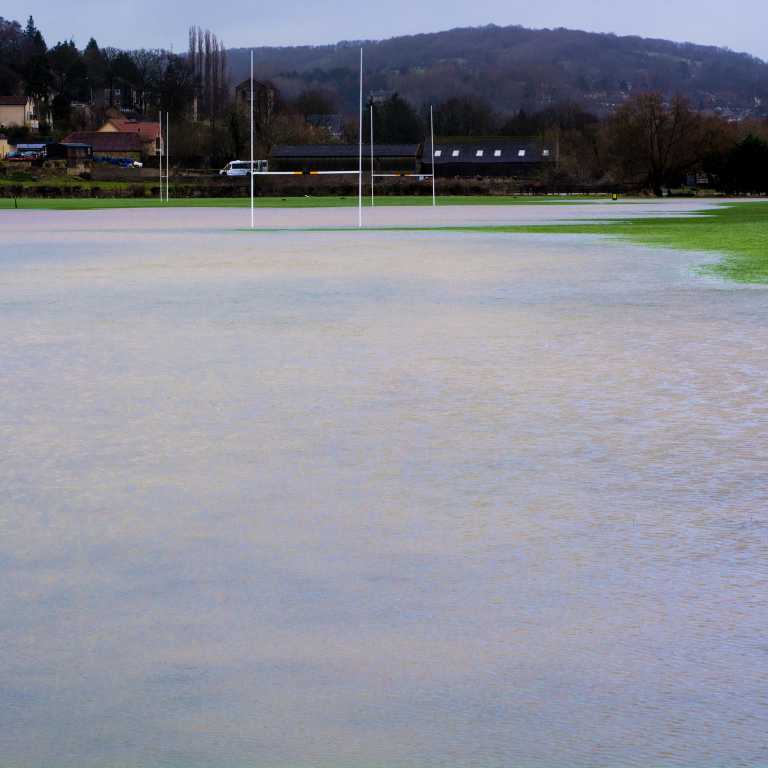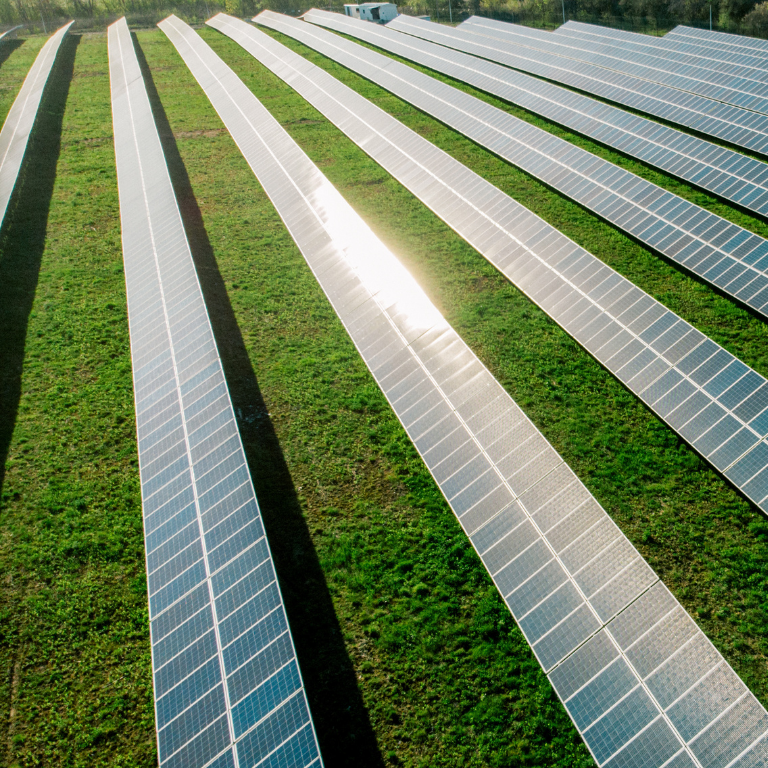As the climate crisis continues to unfold, the sports affected by climate change are becoming more evident. From extreme weather events to rising sea levels, sports organisations must recognise the physical climate risks posed by changing climate and unpredictable weather patterns. By understanding these risks, they can develop strategies to mitigate the impacts. This way they can ensure the sustainability of sporting events and facilities.
Addressing climate risks in the sports industry
The frequency and severity of extreme weather events are rising. This presents significant challenges for the sports industry. These conditions can disrupt events, damage facilities, and compromise athlete safety. For example, heavy rainfall can lead to flooding at sports venues. Winter sports are facing challenges due to diminishing snow cover and shorter seasons. Additionally, high temperatures create unsafe conditions for outdoor sports. Risks such as heat exhaustion and heat-related illnesses are becoming more prevalent.
Sports bodies must be proactive in assessing these risks. You should start developing adaptation plans aimed at safeguarding their operations. This includes investing in improving your infrastructure. For example, upgrading your drainage systems and implementing cooling measures during events to protect athletes and spectators from extreme heat. This will all help to improve the experiences of both athletes and fans.
Case study: The impact of extreme heat at the Paris 2024 Olympics
The 2024 summer Olympics in Paris serves as a case study for understanding the effects of extreme heat on major sporting events. The potential for heatwaves during the Games posed a significant risk to athletes' performance and safety.
To address this challenge, organisers explored various strategies. This included adjusting event schedules to avoid peak heat hours and providing more hydration and cooling facilities. The Paris Olympics organisers prioritised athlete welfare and implemented effective climate action. This set a precedent for future sporting events in a warming world.
grist.org/extreme-heat/paris-olympics-2024-extreme-heat
What actions can sports organisations take against a warming world?
Sports organisations can implement meaningful actions to protect physical assets from the impacts of climate change, including:
- Conducting comprehensive risk assessments: Regularly assess the physical climate risks associated with sporting events and facilities. Identify vulnerabilities and develop targeted adaptation plans.
- Investing in sustainable infrastructure: Upgrade sports facilities to be more resilient to climate impacts. For example, install green roofs, improve energy efficiency, and enhance flood protection measures.
- Promoting awareness and education: Engage athletes, staff, and fans in climate action initiatives. This helps to foster a culture of sustainability within the sports community.
- Collaborating with stakeholders: Work with local governments, environmental organisations, and other stakeholders. Come together to develop comprehensive strategies for addressing climate change impacts on sports.
By understanding the impacts of climate change, the sports industry can protect its future. Implementing effective resilience strategies will help ensure the participation of future generations and contribute to broader climate action efforts. This ultimately benefits athletes, fans, and the environment, the vital pillars that hold up the sporting world.
If you have any questions or want to get in touch, please speak to your Marsh advisor or email marshsport@marsh.com.


